Earn OneKeyCash when you sign in and book an activity
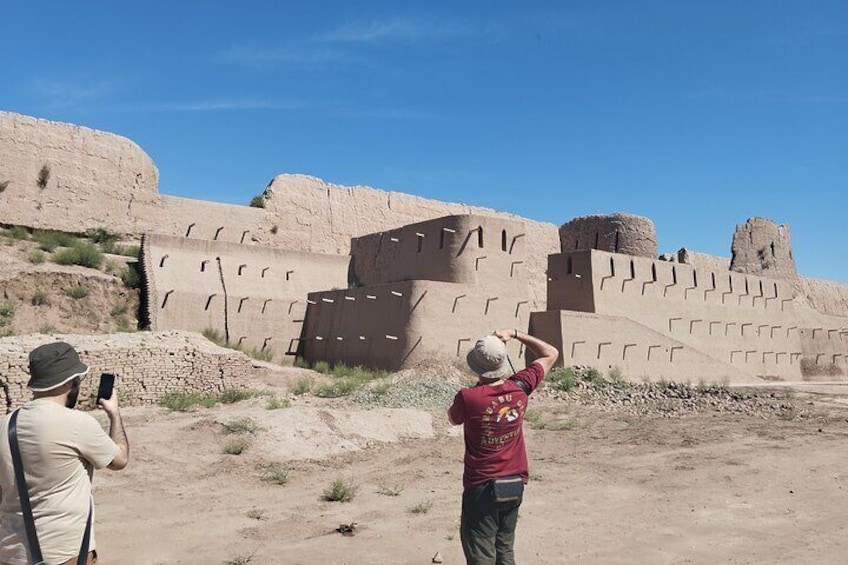
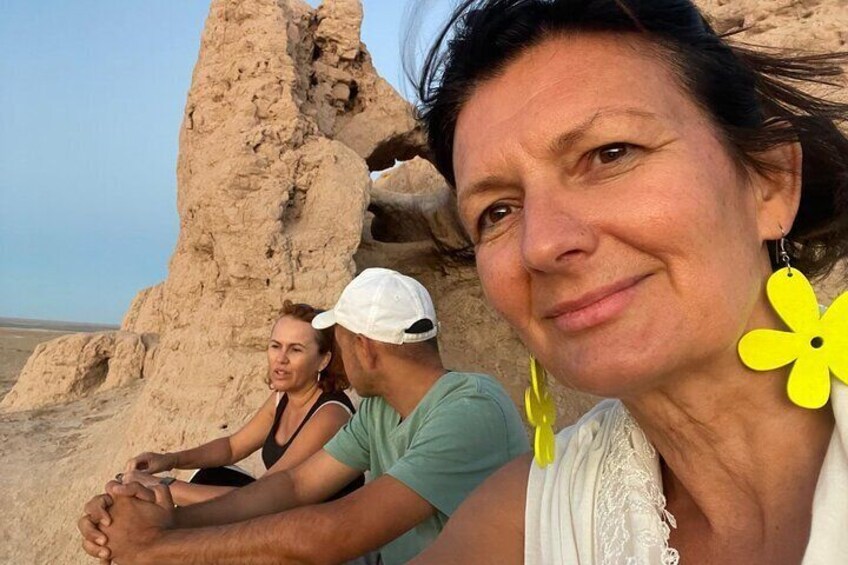
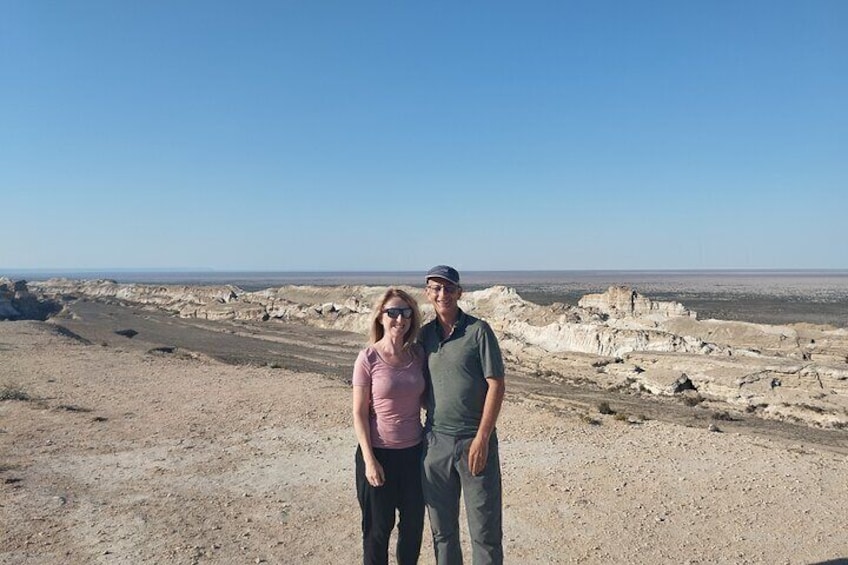
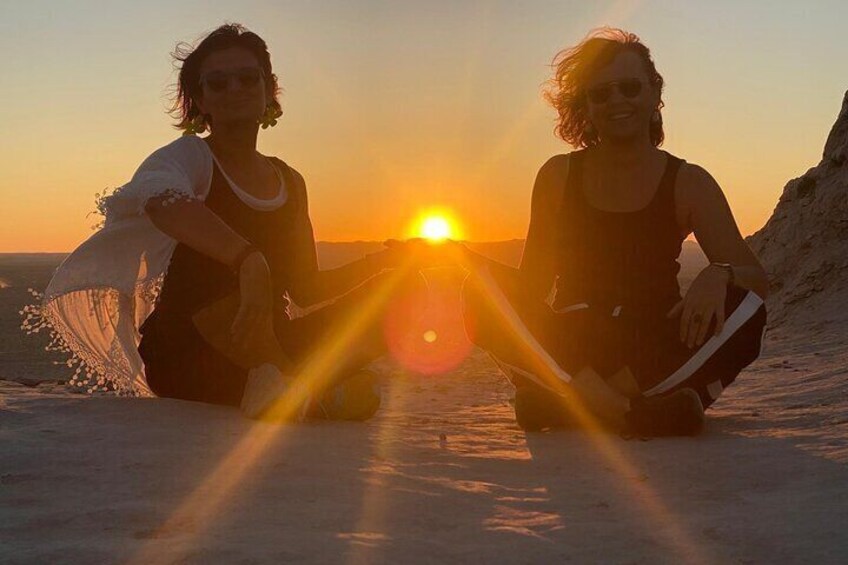
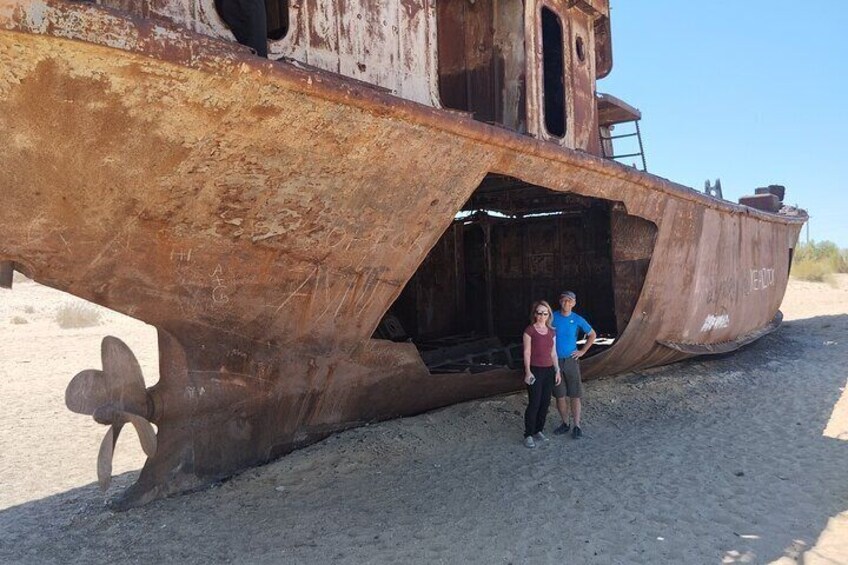
3 Days Aral Sea Adventures
By Oxus Travel
Free cancellation available
Features
Overview
Activity location
Meeting/Redemption Point
Check availability
3 Days Aral Sea Adventures
Pickup included
Language options: English
Starting time: 6:00
Price details
S$1,169.78 x 1 TravellerS$1,169.78
Total
What's included, what's not
Know before you book
- Travellers should have at least a moderate level of physical fitness
- Disclaimer: transport time is included in the total duration
- Minimum age is 15 for this tour
Activity itinerary
Location
Activity location
Meeting/Redemption Point
Best Deals on Things to Do
Experience the wonders of the world up close with great deals on things to do near and far. Expedia offers one-of-a-kind activities that allow you to explore Kipchak your way. Whether you love nature, culture, food or a bit of adventure, we have the perfect activity for you.
Top experiences in Kipchak
With so many things to do in Kipchak, planning the perfect day out may seem like a daunting task. Expedia is here to take the hassle out of finding the best attractions, tours and activities in Kipchak. Families, couples and business travellers can all find the perfect activity in Kipchak to create life-long memories with the help of Expedia.